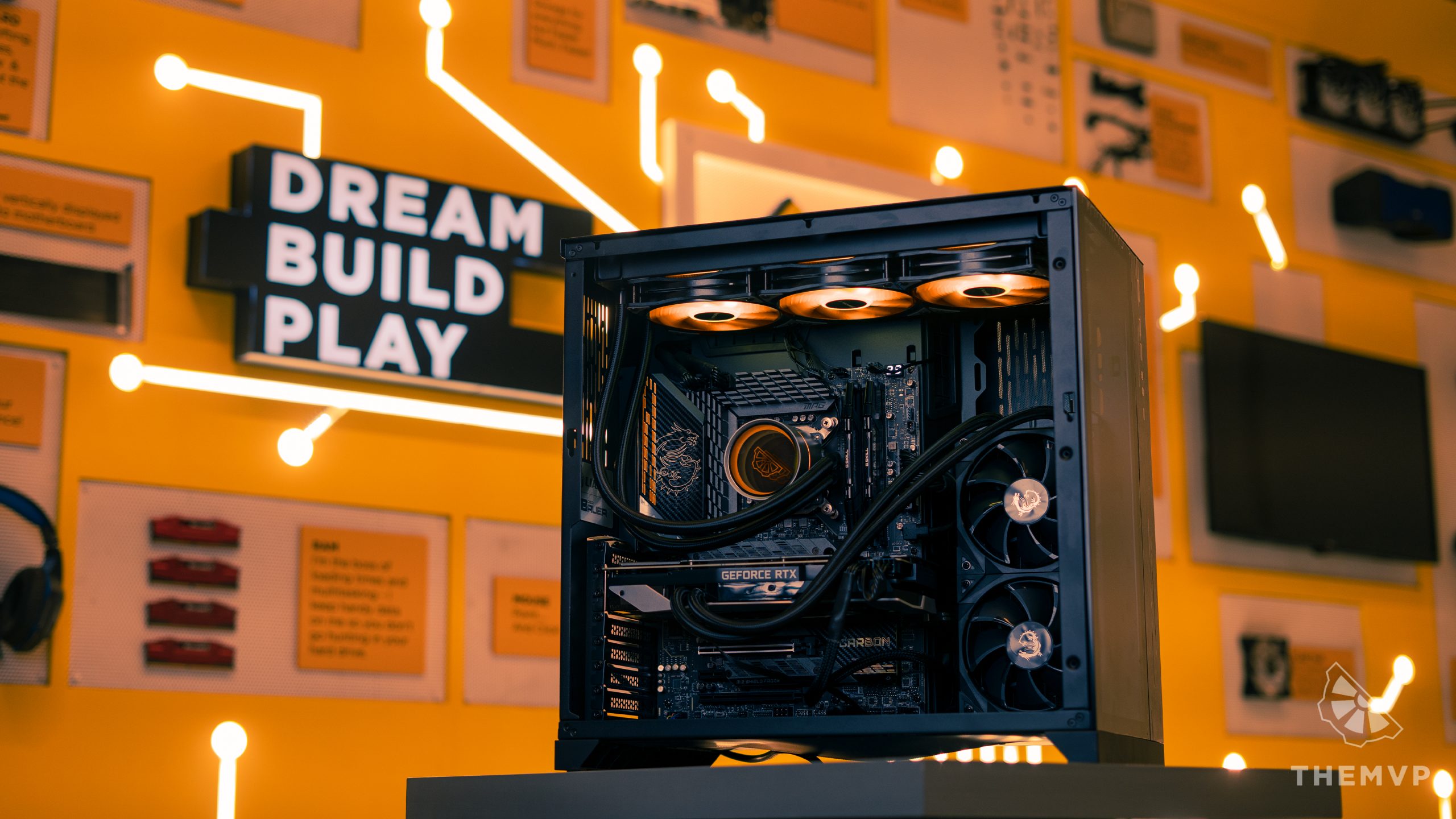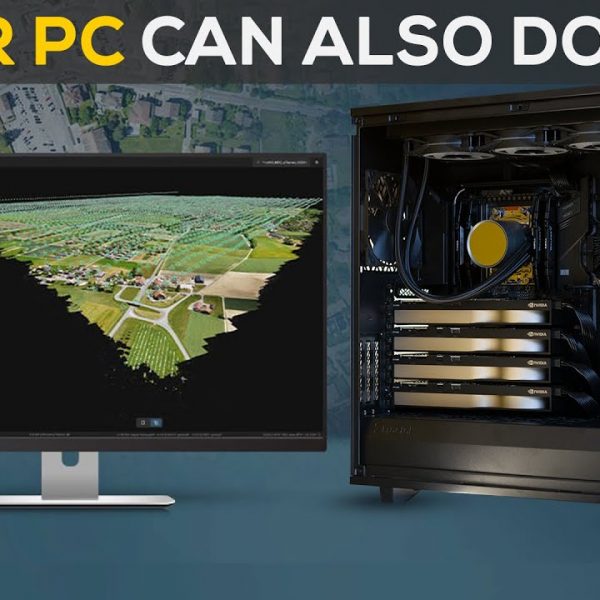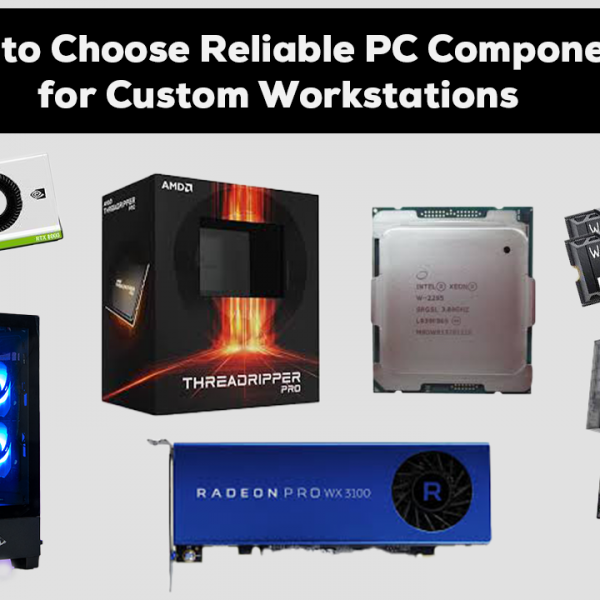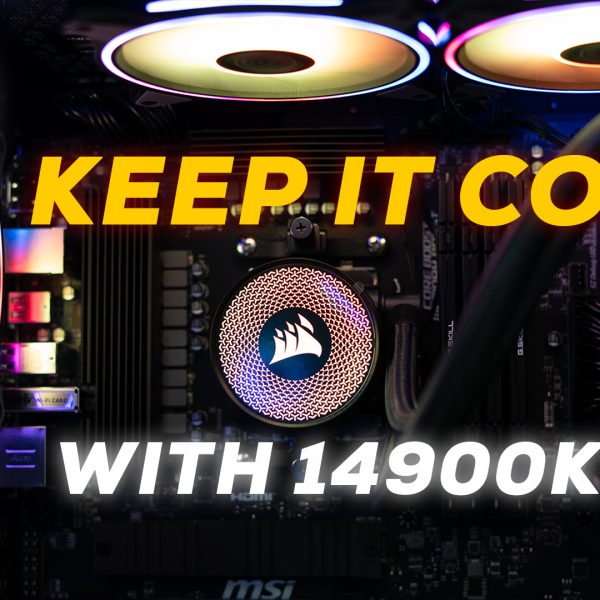My kid cousin (8 year old) had to write an essay in Telegu – this boy went to ChatGPT – generated that essay in English – Google translated that to Telugu and was done. In two minutes he was back to playing Roblox. Having questionable gaming tastes aside – full points to the kid. We are still some ways to understanding how rapid advancements in computing are going to change the landscape of eduction, traditional “Jobs” and god knows what else !
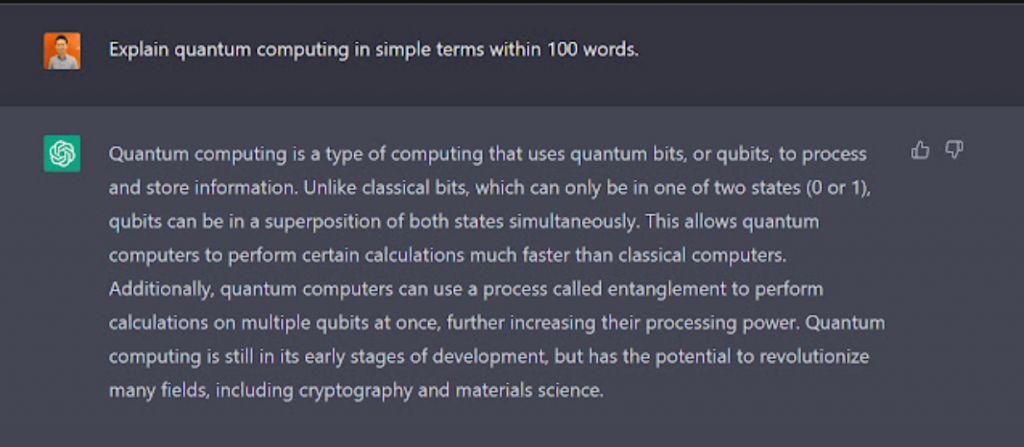
The desktop market has never been more innovative than in the last decade – as luck would have it themvp.in has had a ring side view of this since 2015. The thing with a desktop PCs is that – power budget is almost an afterthought. Even with the massive improvements to mobile and laptop based processors – Desktops remain miles ahead in terms of raw performance – I would love to see a ARM based desktop processor which doesn’t give a thought to power efficiency!
Many tasks – across multiple industries – just cannot be done efficiently on mobile processors. Software which guzzles down power and throws back mind boggling results run solely on systems which have an abundance of power to role out. Case in point is the machines which train AI algorithms – it would never have been possible without data centres guzzling down mega watts of power. This is way bigger than the “iPhone” moment for AI and Computing in general – Things are about to change – and how!
In both consumer and enterprise spaces for CPUs- true disruption and challenge to status quo started with the Ryzen line of processors from AMD, quad cores became so last season and true multi core performance leadership was the holy grail.
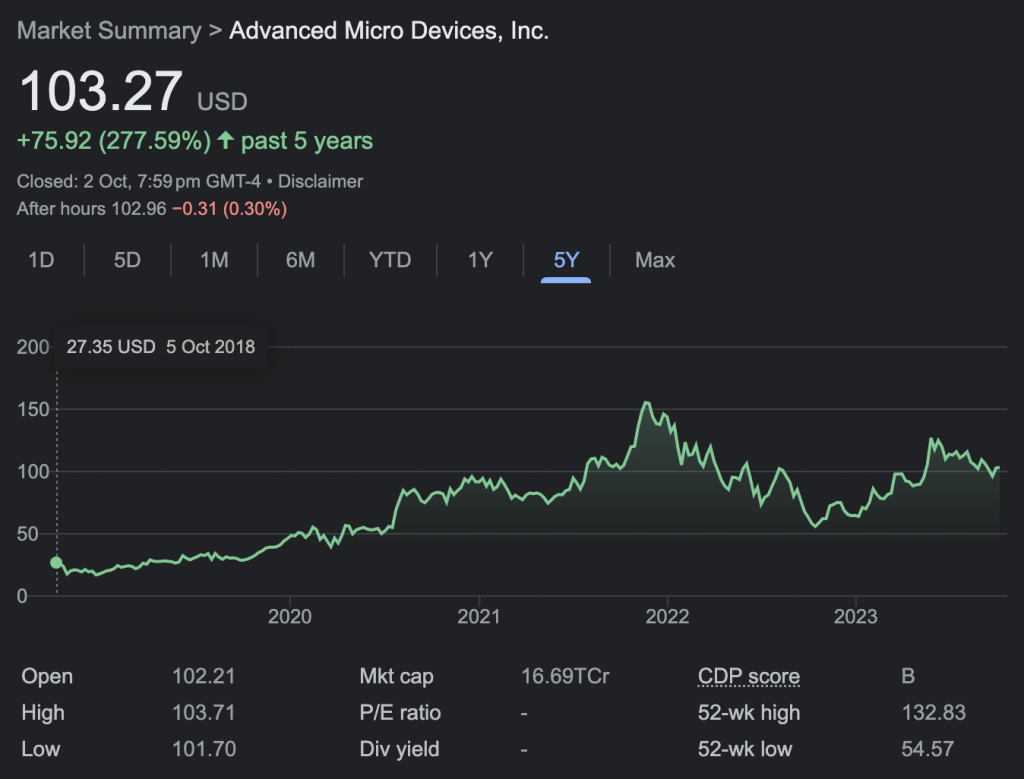
The rise and rise of AMD stock is a clear indicator of how the AMD jump started the innovation in the industry. You had this company – written off – without any kind of a “Fab” (Fabrication facility) upending established processor performance leadership. It’s difficult to truly express the incredible transition without getting too technical. They have been the first to adopt the “MCM” design approach (Multi-Chip-Module integrating multiple chipsets into a single package). The competition is not far behind – both Nvidia and Intel aren’t far behind and have products lined up (some enterprise SKUs already have implementation of this). Exciting times ahead.
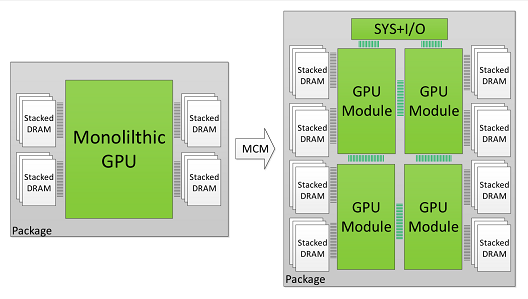
As for GPUs – Nvidia is just reaping benefits of its decades long strategy of actively partnering and working with Industry experts and Software vendors in optimising and building hardware for their use cases. It’s practically a case study waiting to be written (don’t know if it has been already) – right from Alexnet to all the training that has been done for the behemoth generative AI is today has been powered and enabled by Nvidia. Something which also merits a mention is the active engagement that Nvidia does with all game studios and game engines. Nvidia has been the leading “pick-axe” seller for so many of the “gold-rushes” we have seen the last couple of decades – 3D graphics, Crypto and now AI.
Team Red, Green and Blue (RGB – the jokes really write themselves don’t they ?) – All three have ambitions and are actively working on (in various stages of progress) CPU and GPU products – although general industry doesn’t credit Team Red for a lot of progress on GPU side its been decently well and gaining market share in specific price ranges (practically every gaming console has a team red GPU) – Intel isn’t far behind with Arc and is looking make in-roads in the GPU space usually dominated by Team Red and Team Green.
It’s a good time to be a PC enthusiast. Do let us know in the comments what you think about the current landscape of computing.
P.S – Have intentionally left out discussing “Apple Silicon”- I believe it deserves a blog of its own.

